An internationally acclaimed multimedia visual tech-artist, Ayesha fuses traditional methods and digital technology to explore themes such as identity politics, light pollution, space applications and the future of humanity. Recently, she was featured in the Forbes 30 Under 30 Asia list. Team Mindful meets up with her to learn about her art philosophy, future projects and more.
WHERE WERE YOU BORN?
I was born in Lahore. I stayed there throughout my childhood, but for college I moved to Karachi.
WHAT DID YOU STUDY AND FROM WHERE?
I actually studied pre-medical in college, but later, for undergrad, I studied Fine Arts from Indus Valley School of Art & Architecture. I majored in new media art and painting.
WHAT INSPIRED YOU TO BECOME AN ARTIST?
My biggest inspiration was my urge to see change in society. Maybe artists don’t aid such transformations directly, but we do play an important role in bringing forward new perspectives — and that really is where it all begins. It all starts with a vision and a vision is incomplete without a visual. This is what I want to achieve through my art.
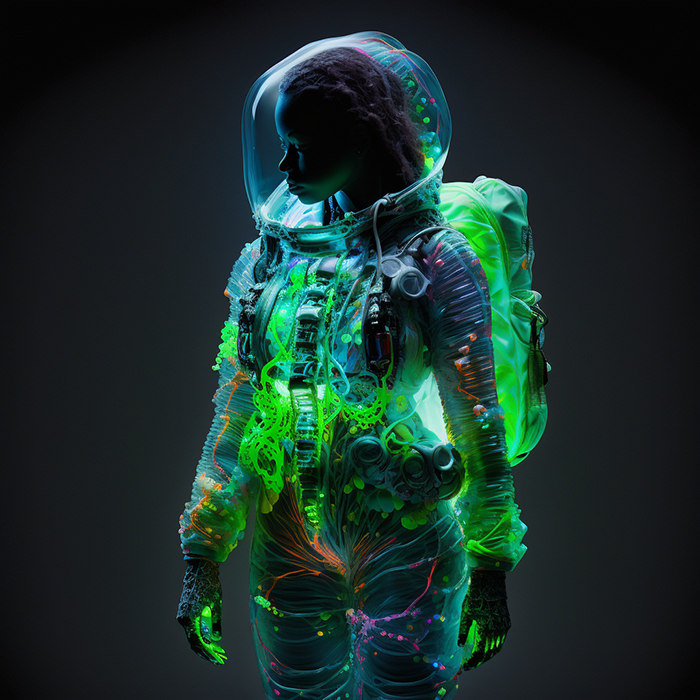
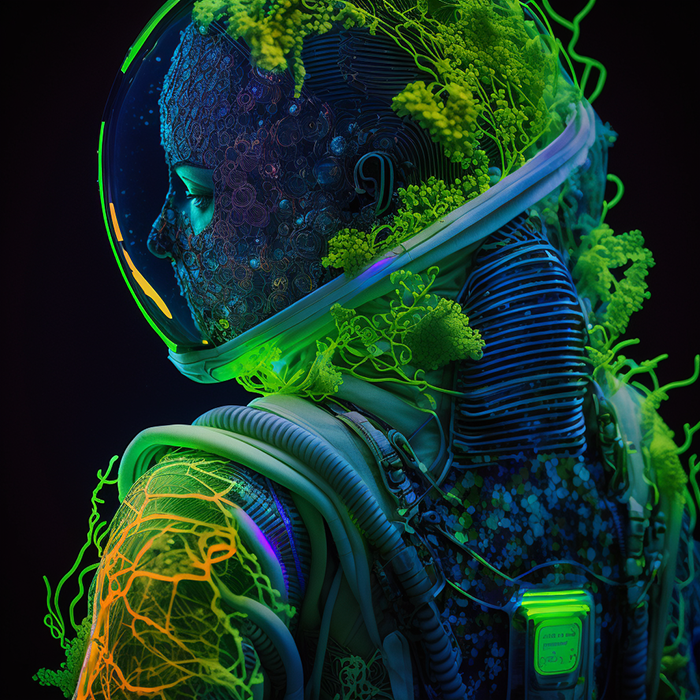
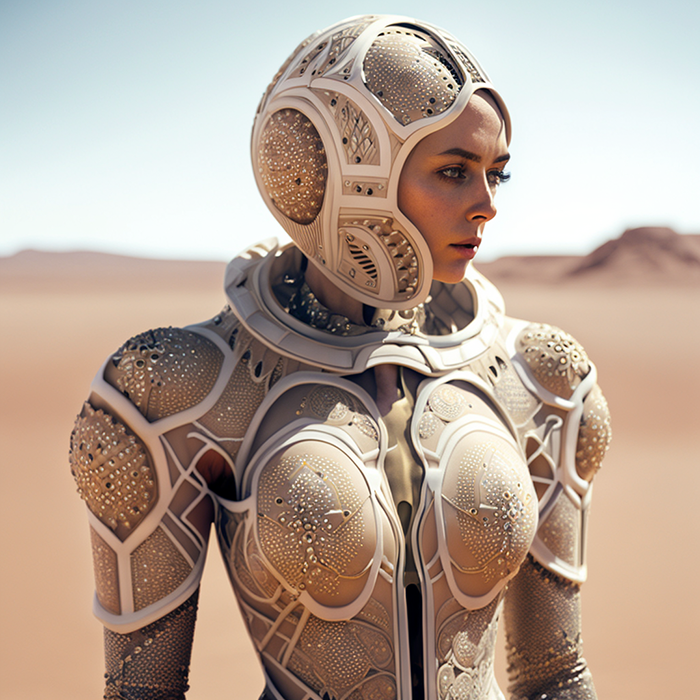
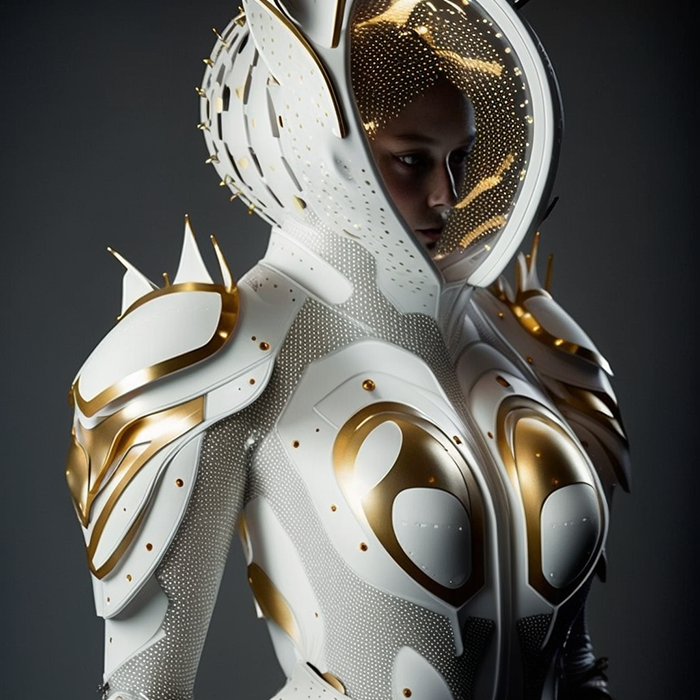
DO YOU REMEMBER YOUR FIRST ARTWORK? HOW OLD WERE YOU WHEN YOU MADE IT?
Yes, I do! I was quite young and like all kids, I used to watch a lot of anime and cartoons. I remember having this little sticker book with cartoon characters in it. I used to copy those small figures and drew them in large, poster sizes. I took it on as a challenge, using poster paints, crayons and whatnot! I still have a huge collection from those days.
HOW WOULD YOU DESCRIBE YOUR ARTISTIC STYLE/ APPROACH?
My style is fusion art, which means that I bring together multiple perspectives, multiple styles, and multiple processes involving AI, machine learning, data collection and data fusion. I’d say my overall approach is very Gen Z-fusion because we’re headed towards an era of mass information in which one may lose their personal identity. My work questions this very notion through the lens of commercial space exploration and filters on social media. To sum it up, my approach to art is utilising latest, frontier technologies and creating a new landscape that represents cultures and self-expression.
ARE THERE ANY PARTICULAR THEMES OR SUBJECTS THAT YOU FIND YOURSELF DRAWN TO IN YOUR ARTWORK?
The themes that I’m drawn to are cultural representation, but from a futuristic lens because that’s pretty challenging. Sometimes, that takes the form of completely abstract ideas such as spacesuit designs. Other times, I find myself bridging styling and 3D printing with these techniques to create a new personification for my characters. Apart from this, I love identity politics and space exploration, particularly because it allows me to research social issues such as light pollution, dark skies awareness and robot interactions.




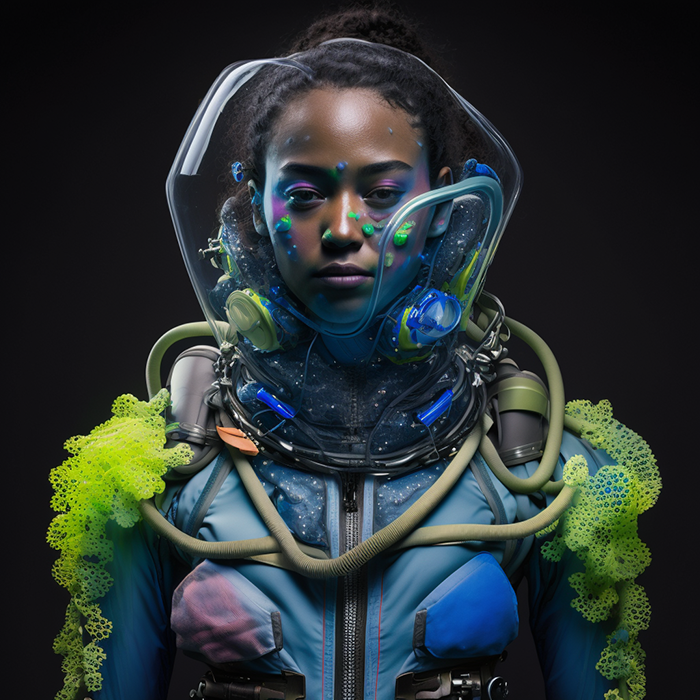
YOU MADE PAKISTAN PROUD BY MAKING IT TO THE FORBES 30 UNDER 30 ASIA LIST. WHAT’S THE PROCESS FOR SELECTION LIKE?
First of all, thank you for saying this. So, Forbes reached out to me for this feature via email and naturally, I replied immediately — and that’s pretty much the whole story! I got featured in the artists’ category for which they review your recent work to see if you’ve done something impactful.
YOU’RE ALSO THE FIRST PAKISTANI ARTIST TO COLLABORATE WITH NASA SCIENTISTS, TELL US ABOUT THIS PROJECT?
In the summer of last year, I was working on space art which highlighted the growing commercial space. Because I was working with NASA’s Former Chief Scientist, Dr. Tara Ruttley and Dr. James Green as part of the MetaVisionaries team — I’m the creative director there — I got to send pieces of my art and music to them through CRS25 SpaceX rocket which was in collaboration with NASA. The project was called ‘Project Maleth II.’ It felt extremely unreal and was a huge honor for me.
DO YOU HAVE ANY FAVORITE ARTISTS OR ART MOVEMENTS THAT INSPIRE YOU?
Yes, in terms of artists, I’m inspired by Shirin Neshat, an Iranian artist. I also have two favorite designers, Iris van Herpen and Yohji Yammamoto, both of whom inspire me a lot. Other than them, I’m constantly inspired by my environment and ideas. I incorporate new technology and colors wherever I can in my work.
DO YOU HAVE A FAVOURITE PLACE TO VIEW ART?
For me, biennales and public art events are the best places to view art because they have bigger infrastructure and are products of a very careful thought process. I believe in making art accessible and letting people engage with it.
WHAT ROLE DOES ART PLAY IN YOUR LIFE, AND HOW DOES IT INFLUENCE YOUR PERSPECTIVE OF THE WORLD? Art impacts all aspects of our lives. From science, to films and academics — it influences everything. Without art, there is no innovation. Art isn’t just something that’s beautiful, it is anything that’s thought-provoking and tiggers an emotional response.
WHAT’S THE BIGGEST MISCONCEPTION ABOUT YOUR CAREER?
There are many, to be honest! Some think artists are homeless, others say it’s a profession for those who are already rich. However, we’re living in an era where creator’s economy is thriving and there are countless opportunities. So this thinking definitely needs to change.
WHAT ROLE DOES AN ARTIST PLAY IN SOCIETY?
Artists play a huge part in starting important conversations. Unfortunately, in Pakistan, we don’t tolerate an opinion that’s different from ours. This is where an artist’s role becomes important in encouraging self-expression.
WHAT WOULD YOU SAY ABOUT PAKISTANI ART?
Art and artists in Pakistan are brilliant, but I feel we need to adapt to current trends and latest technology. We need more tech-art, fusion work, 3D printing work and just be innovative. To achieve this, we require encouraging platforms to recognize us and help us promote our culture and heritage in a fresh way.
IF NOT ART, WHAT WOULD YOU BE DOING?
I’m not sure about exactly what I’d be doing, but I think it would have something to do with costume design or styling.
WHAT ARE YOU MOST EXCITED ABOUT AT THIS TIME IN YOUR LIFE?
Right now, the most interesting thing in my life is that I’m having conversations with people from different disciplines. These conversations open new horizons for my work and re-inform my entire practice.
WHAT WOULD YOU LIKE TO BE REMEMBERED FOR?
I still have a lot to do. However, if there’s something I’d want to be remembered for, it’s for my work in fusion art — since I’m the one who coined this term! I’ve been navigating my work in its realms and I still have a long way to go. Aside from this, I want to make my name in the space industry through my innovative work, especially for women, as they’re still not represented enough in this field.
TELL US ABOUT YOUR UPCOMING PROJECTS?
One of my upcoming projects — still in its research phase right now — is really interesting! It involves space suits and my research about space overall. It’s about visualizing a character in exoplanet, centred around identity politics from a very abstract standpoint. It involves space and research based 3D printed spacesuit prototypes which have a cultural representation side to them as well. This would, hopefully, be turned into an experimental film which will represent South Asians in a completely new way. I’m y. I’m really excited about this project.



